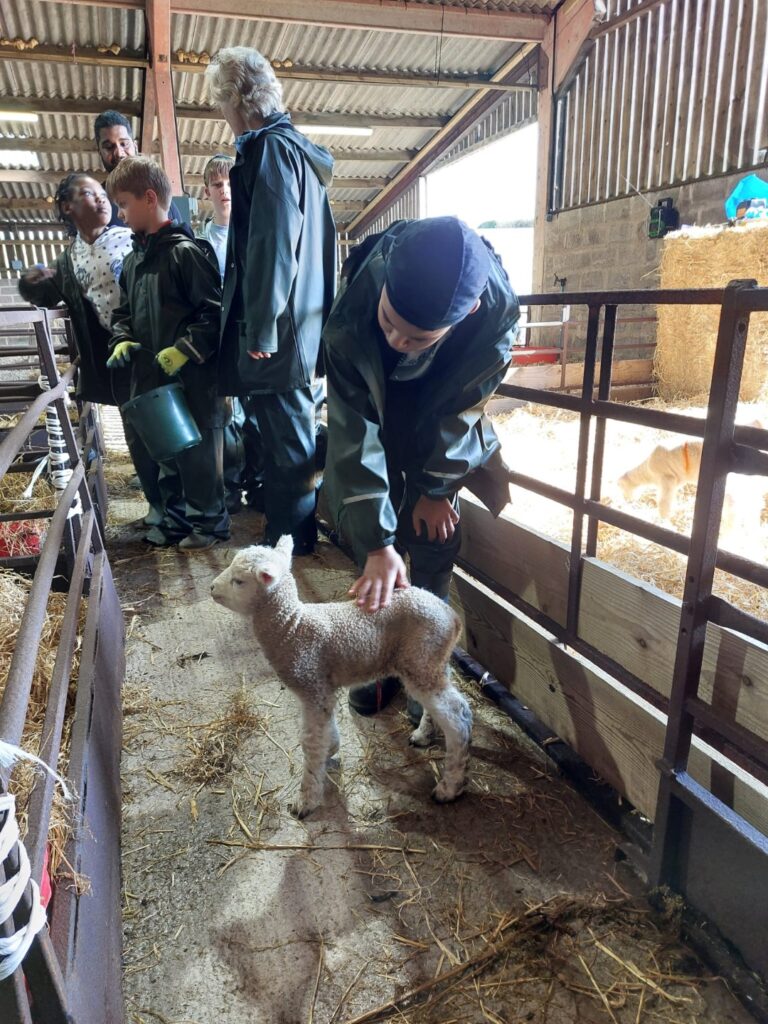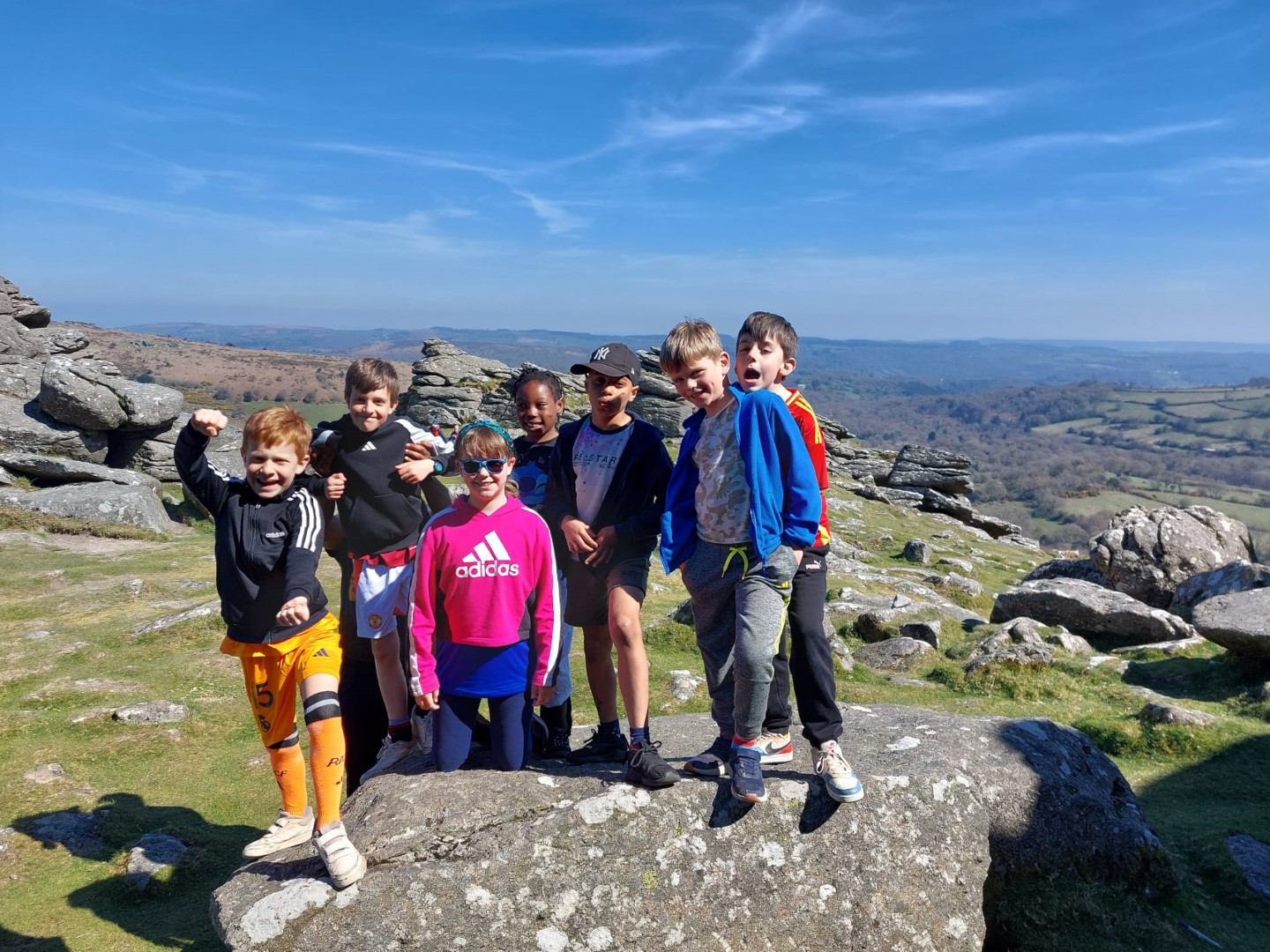He is a complicated character. Let’s put it that way. He was dressed in tee-shirt and shorts, which was fine for a fine day. We were togging up to walk across to the neighbour farm, at Broadaford, to join in with the beginning of lambing. Only a dozen or so lambs had been born to date, but it is early days, and there would be plenty to do in the lambing shed for these seven young people. Togging up meant wellington boots, waterproof jacket and waterproof trousers. Not because rain was expected, but as protective clothing as there would be close contact with animals, and of course muck, and technically for a bit of bio-security.

He refused to put the waterproofs on. He would go there in tee-shirt and shorts and crocks on his feet. Time was pressing, so the others went on. Reluctantly he conceded to the boots, rejected the coat, but grudgingly carried the trousers under his arm. It wasn’t long before that too was irksome, so he stopped and put the trousers on anyway.
We crossed the farm boundary, walked along the edge of a sheep field, and came to a rise, from which there was a clear view down the valley and across to the hills unfolding into the distance. He stopped. His eyes seemed to enlarge. What is that? He exclaimed! It looks like it’s a painting. Or a photograph. Or like wallpaper. Only it was better than a photograph and a painting, it was the real thing.
There are two things there. One is a reverse perception. The real thing to the boy was the painting, because he had seen paintings or photographs of hills in books or on television, or on cartoonised videos, but not perhaps the real thing. It took a moment of disbelief to focus on what he saw.
At the very beginning of this farm project, Elizabeth Braund spoke about that. That for inner-city children too often they learn second-hand and not through touching and seeing and hearing. There are other things, city things, they learn that way; but not these things. That is one of the purposes of bringing them here. That is part of the discovery, and discovery is the second thing at work in the instance of the photograph of the hills.
Today the same old cycle continues, of not seeing and then seeing; and we continue to seek to bring young people to a place of discovery beyond the painting, and a place of understanding beyond their current experience, not to undermine where they are from, but to make them stronger in it.
The next day we took them to the hills. Beyond the painting. Beyond the photograph. From Bellever, over Riddon, across the Walla Brook, and up and over Corndon.
A prayer from George Herbert:
‘Blest be the God of love, who gave me eyes, and light, and power this day, both to be busy, and to play.’

